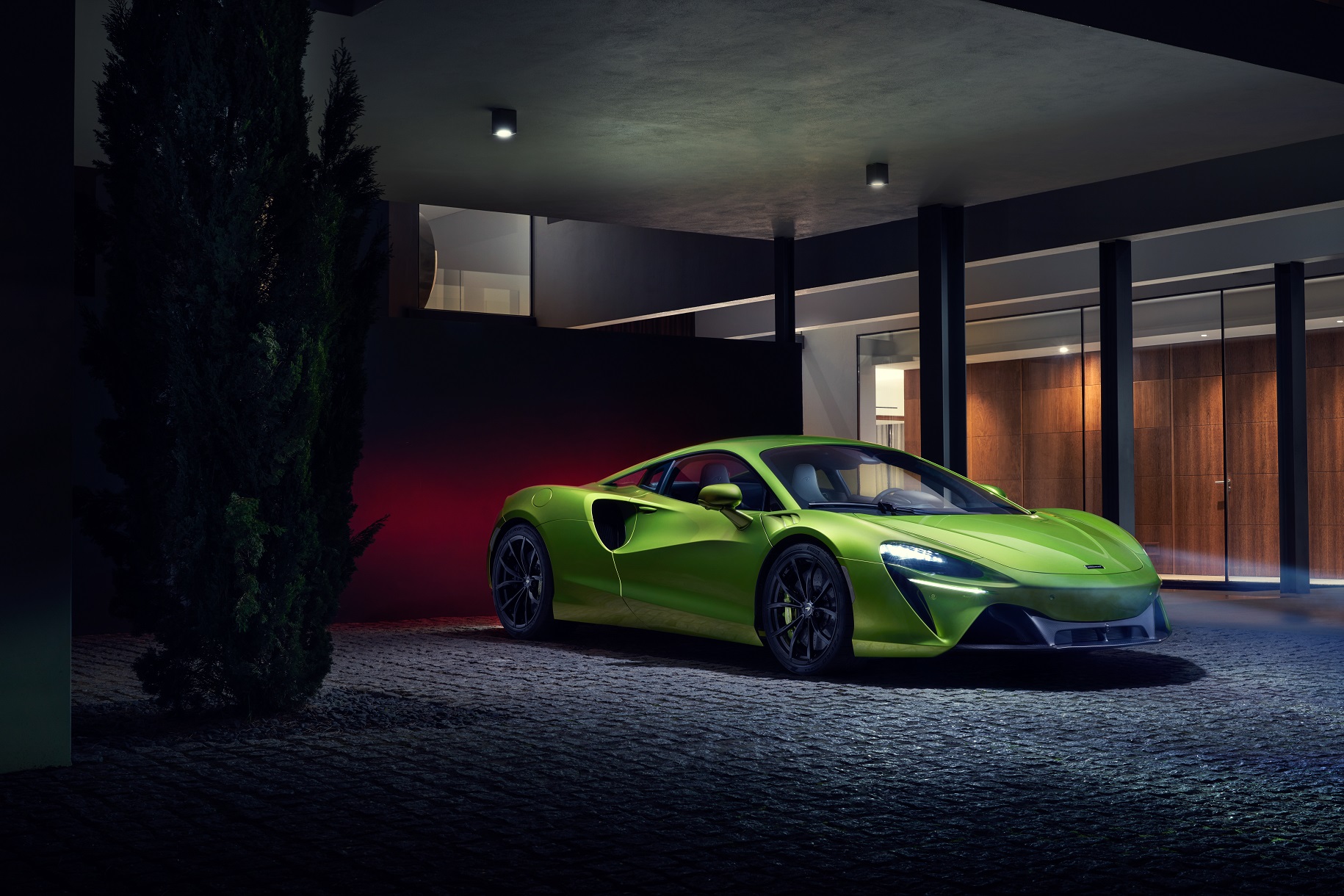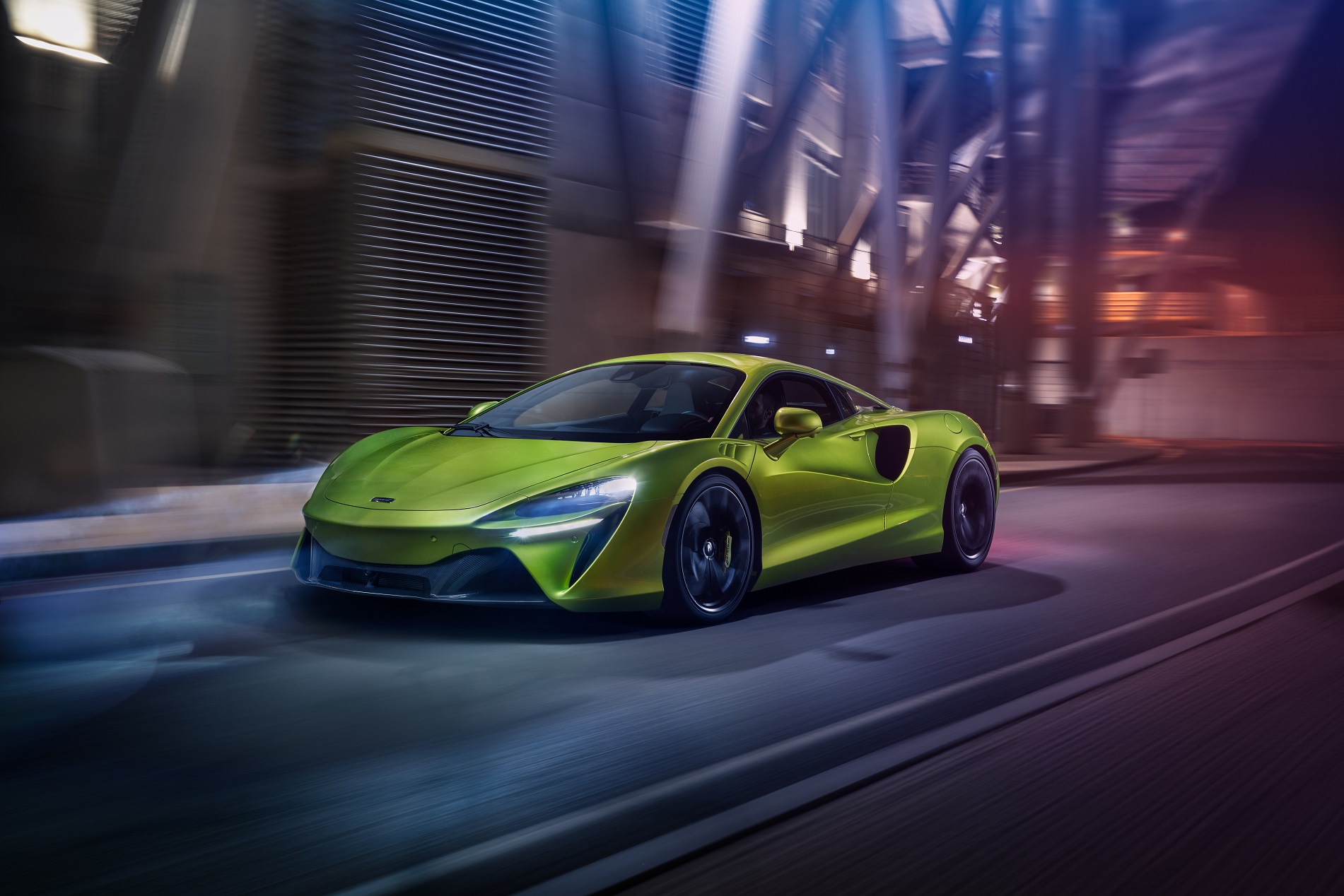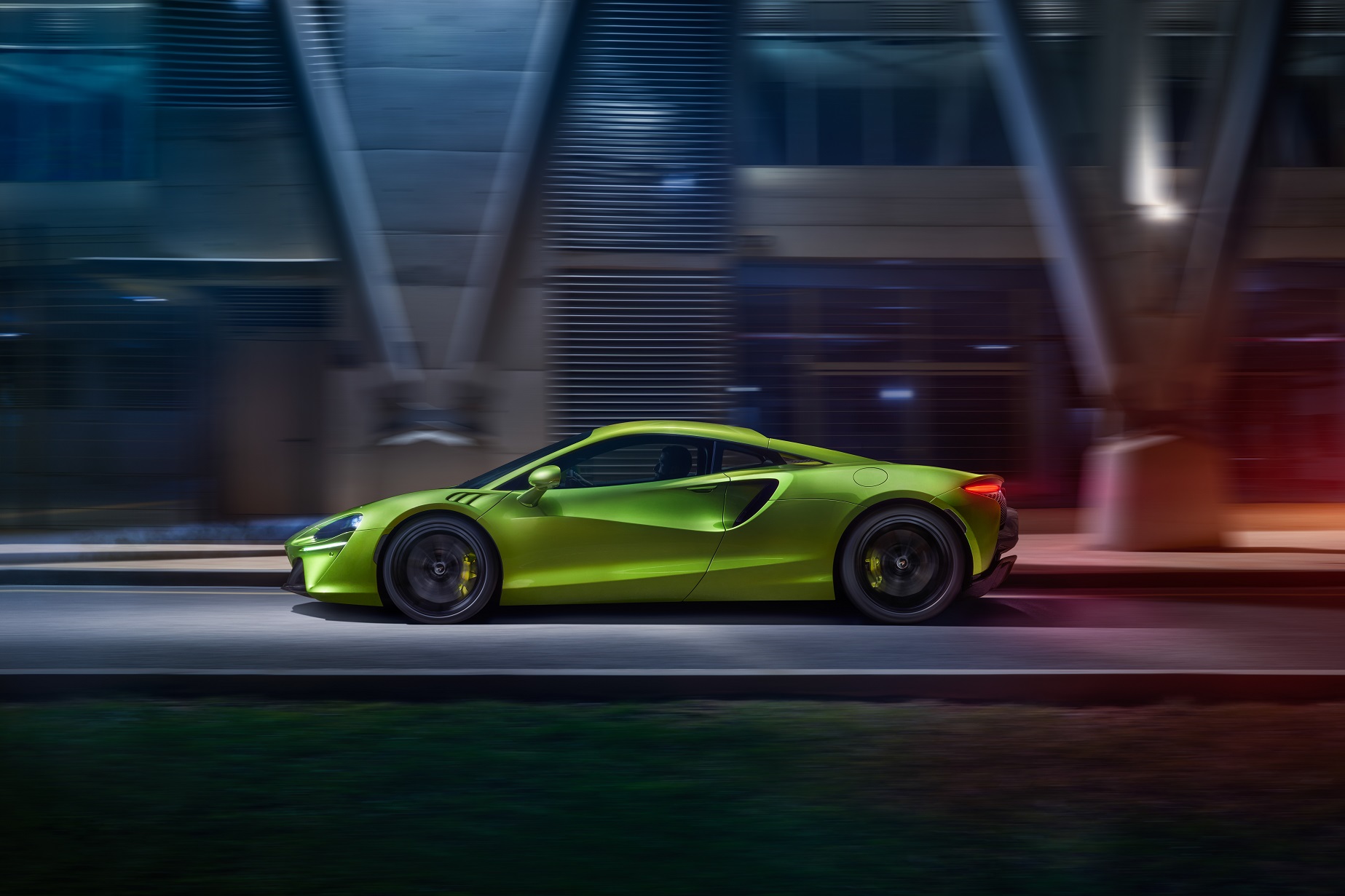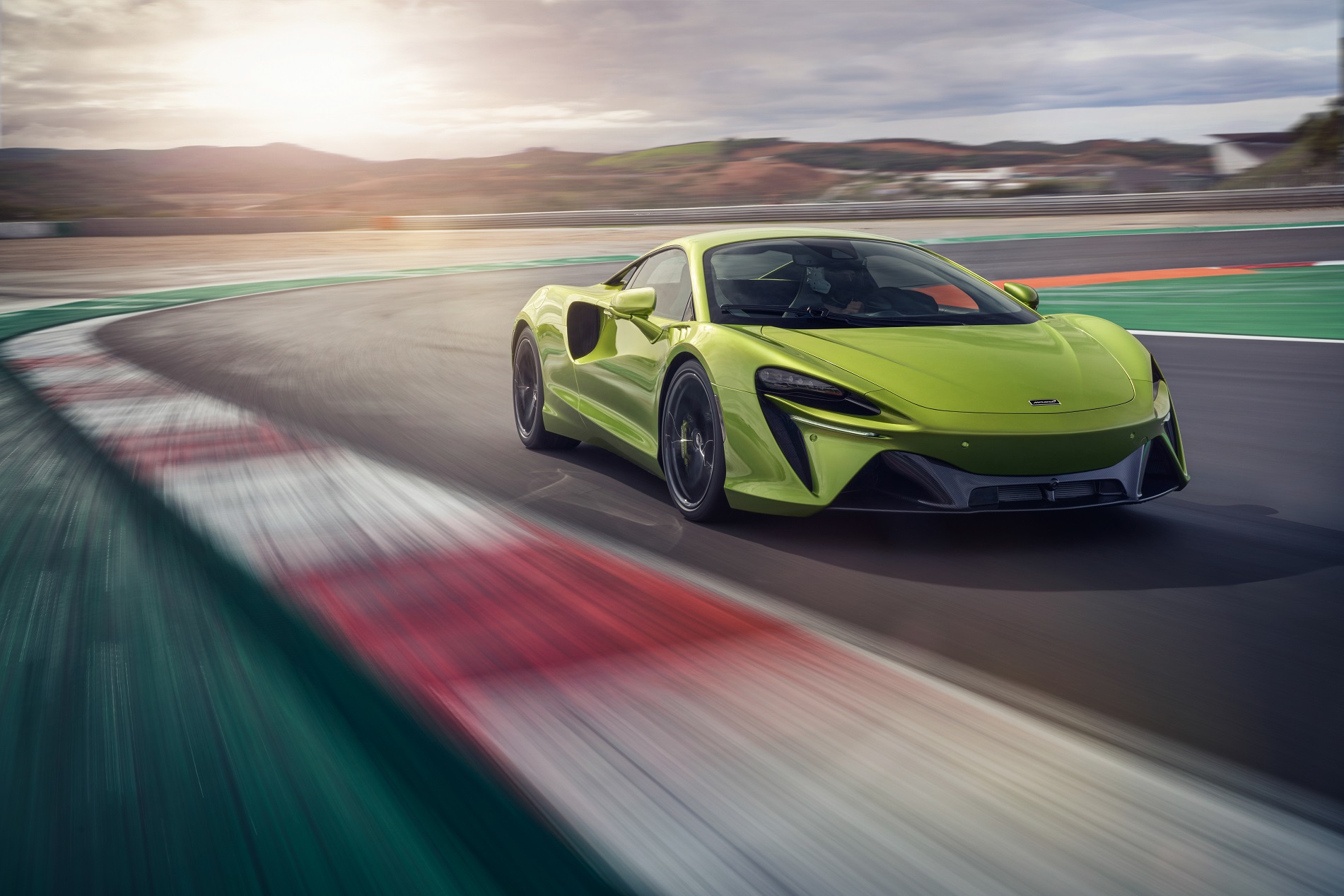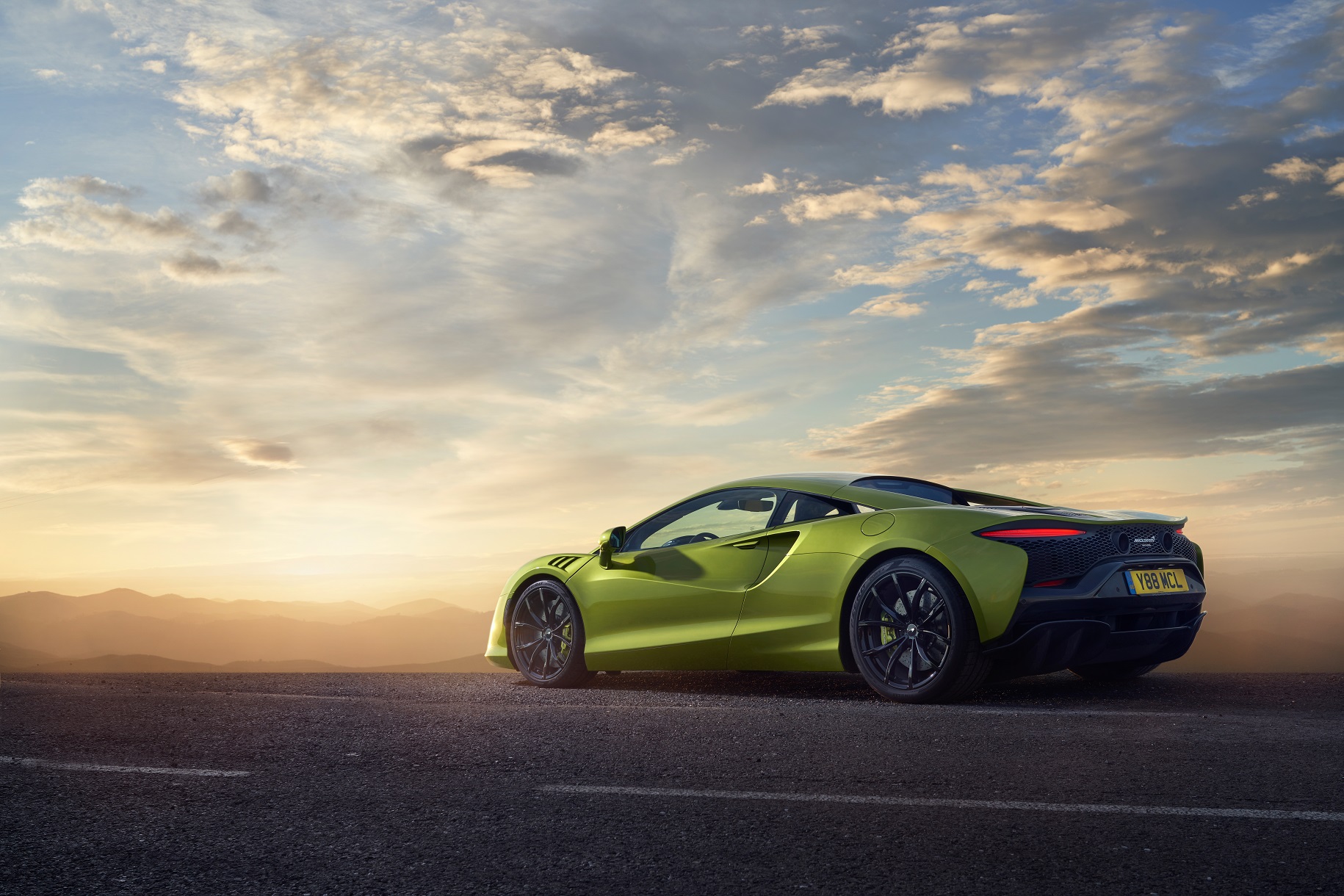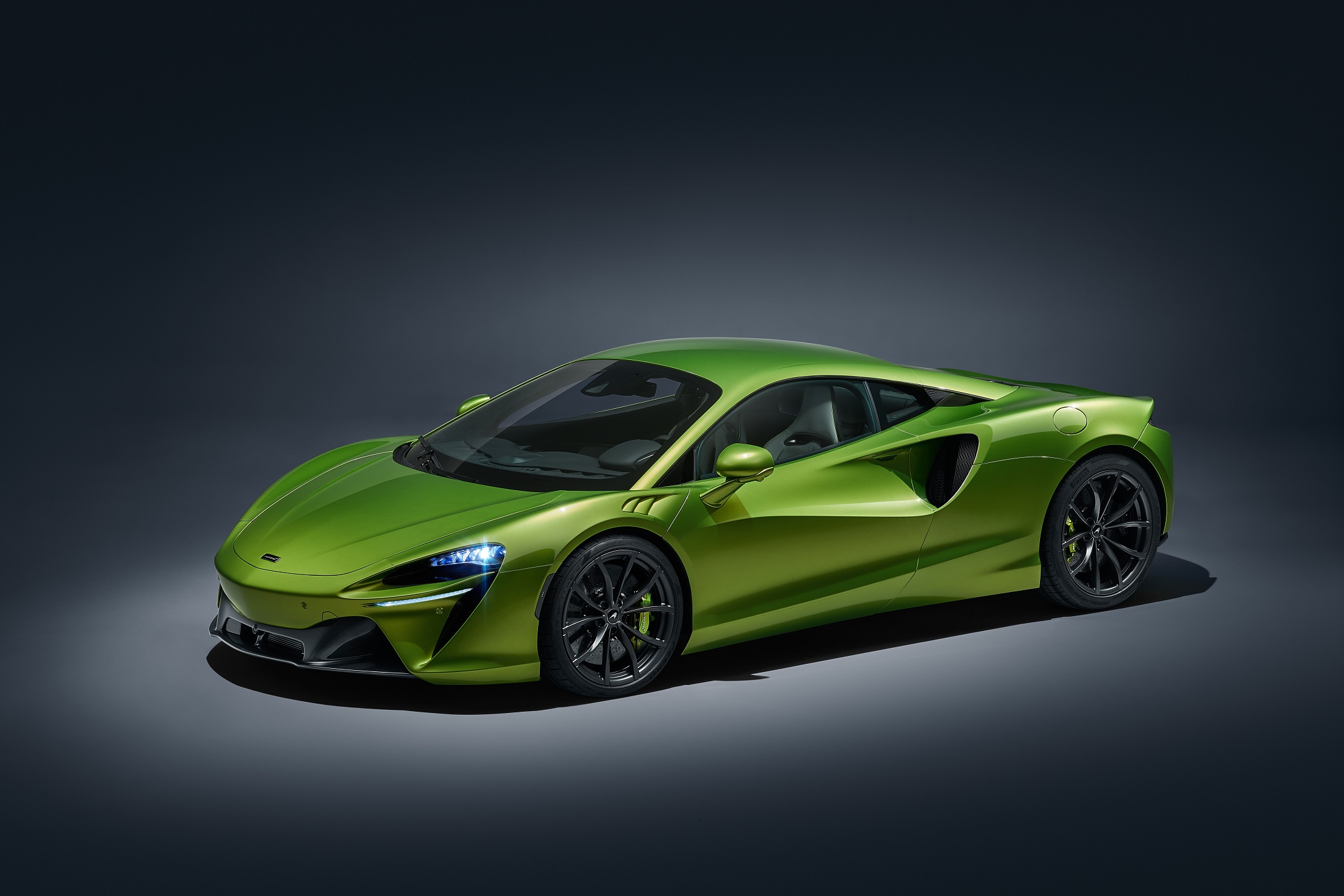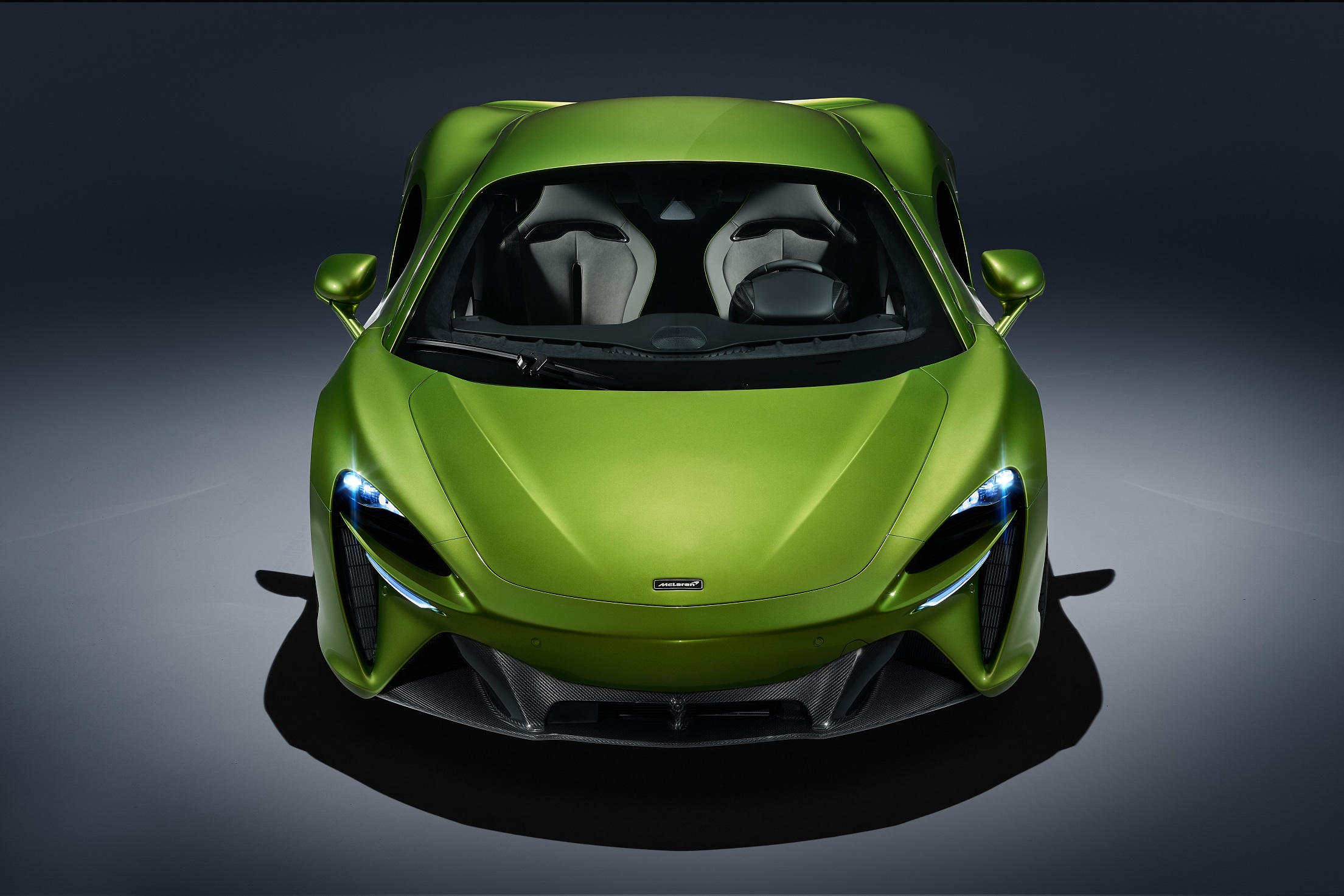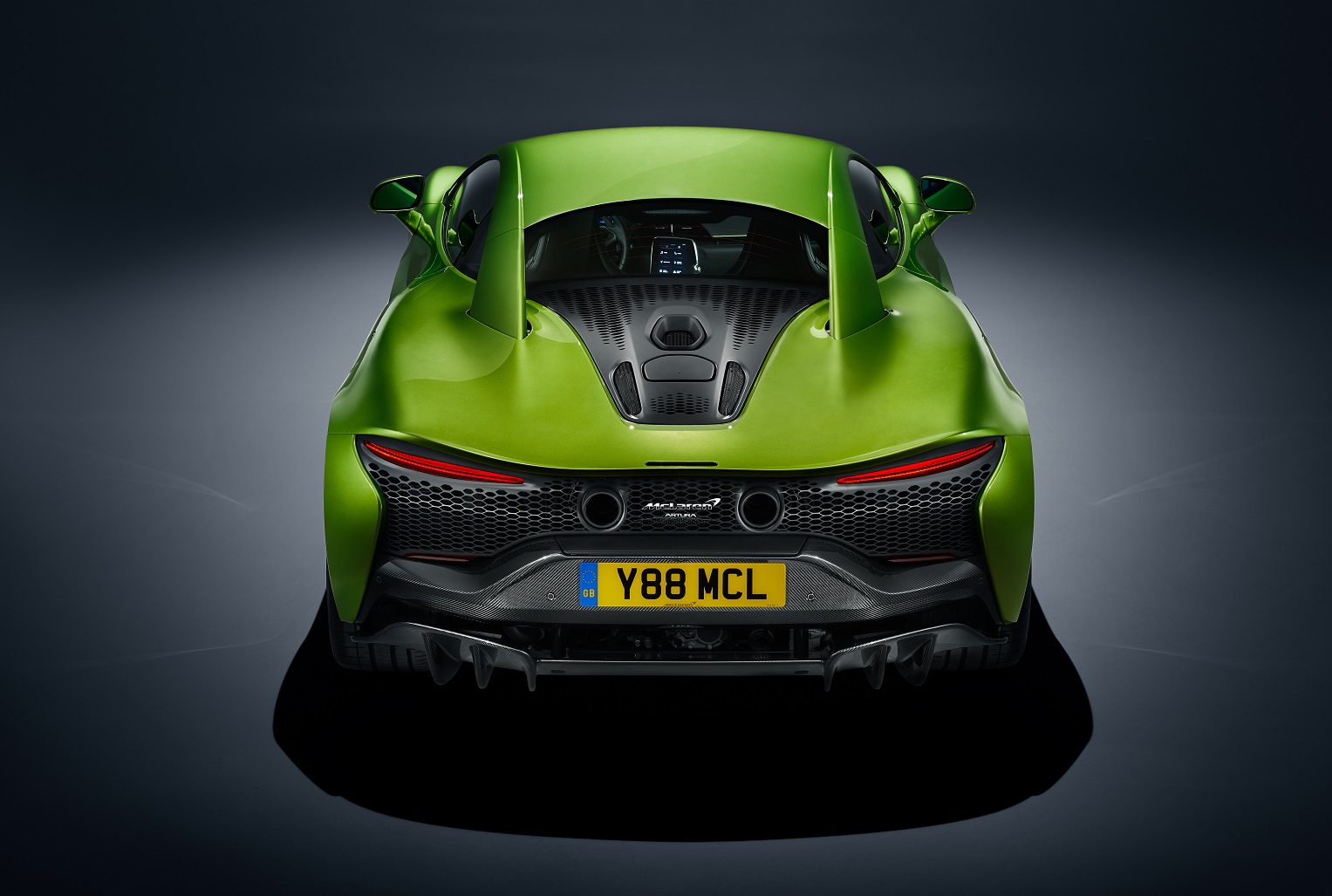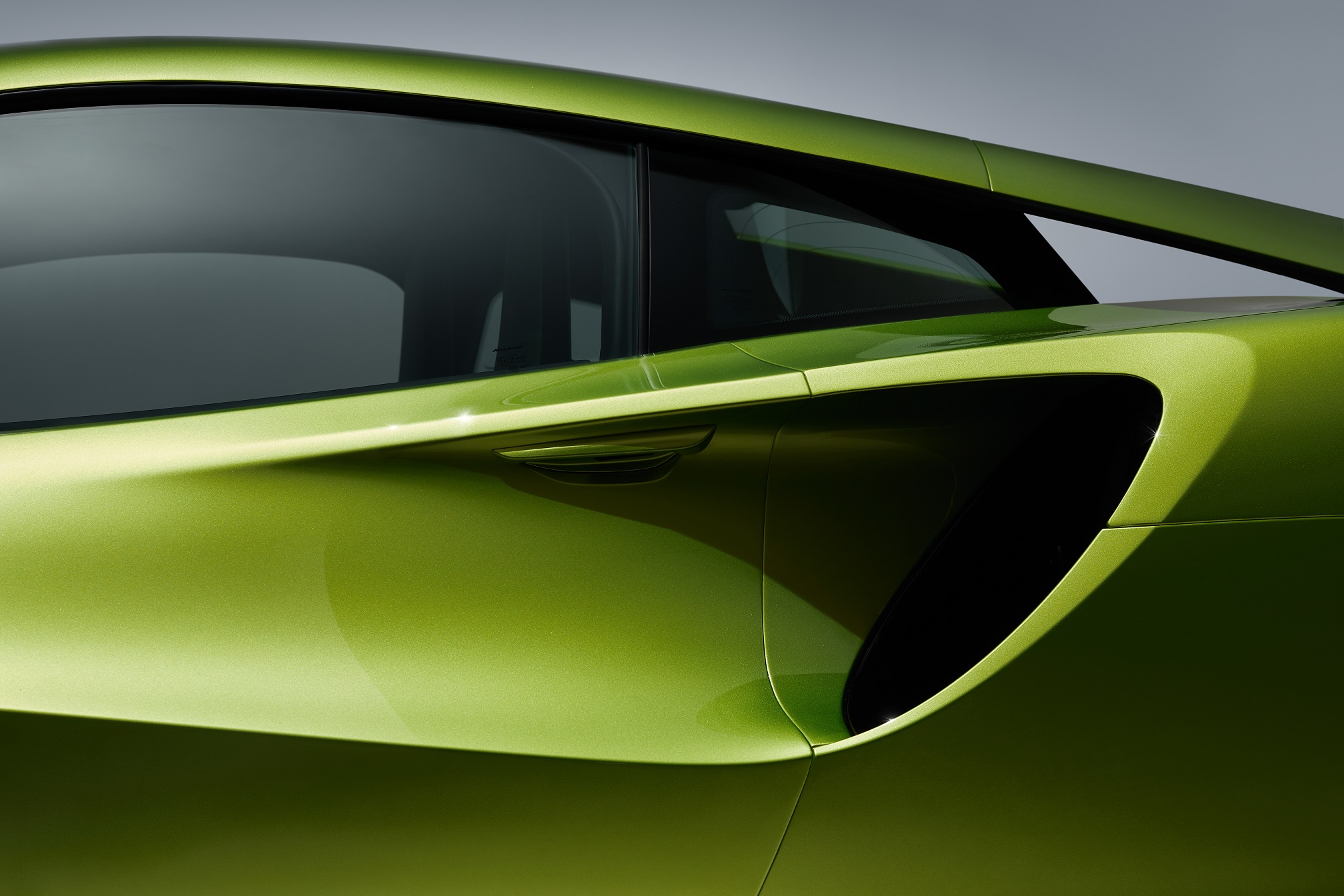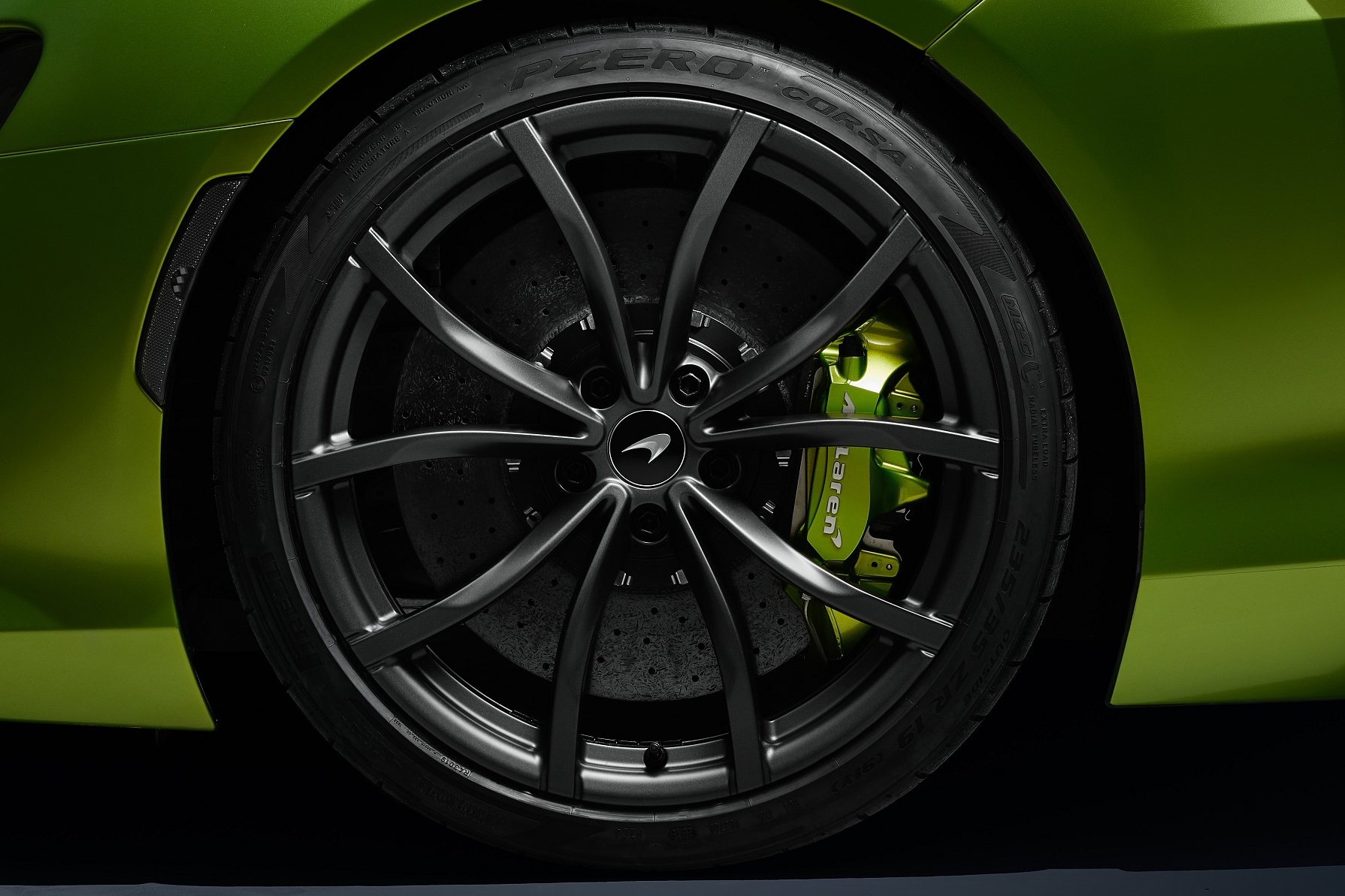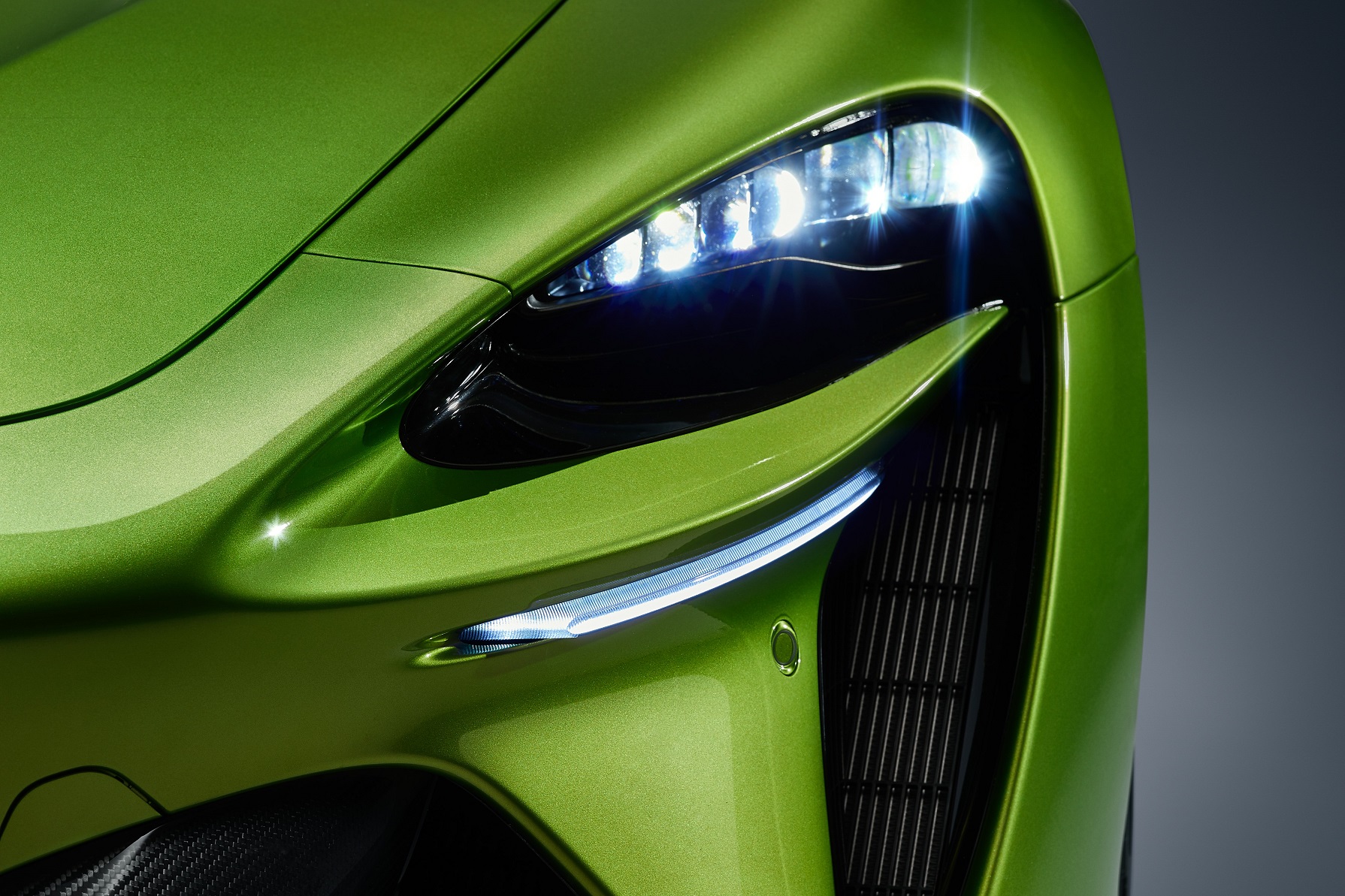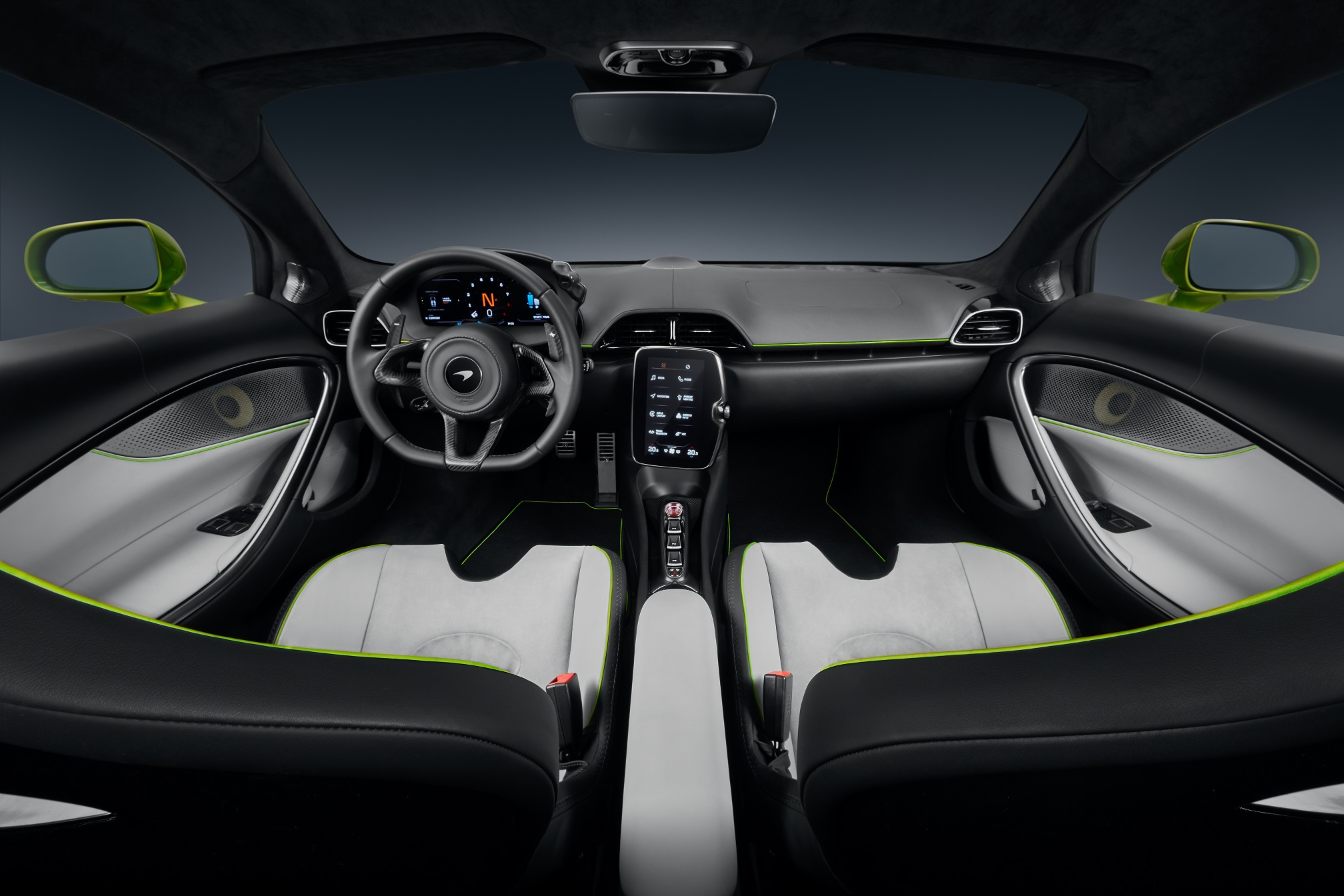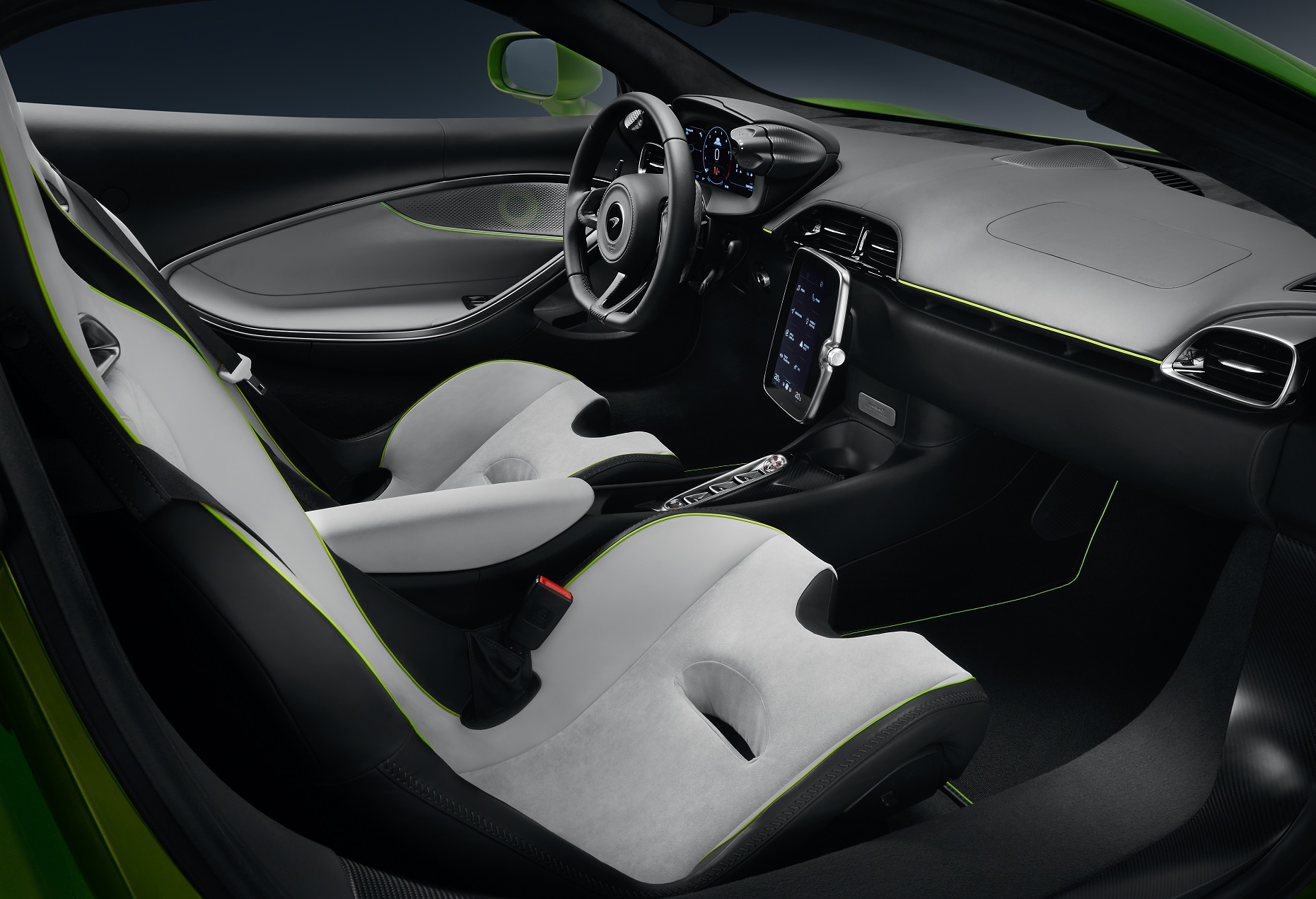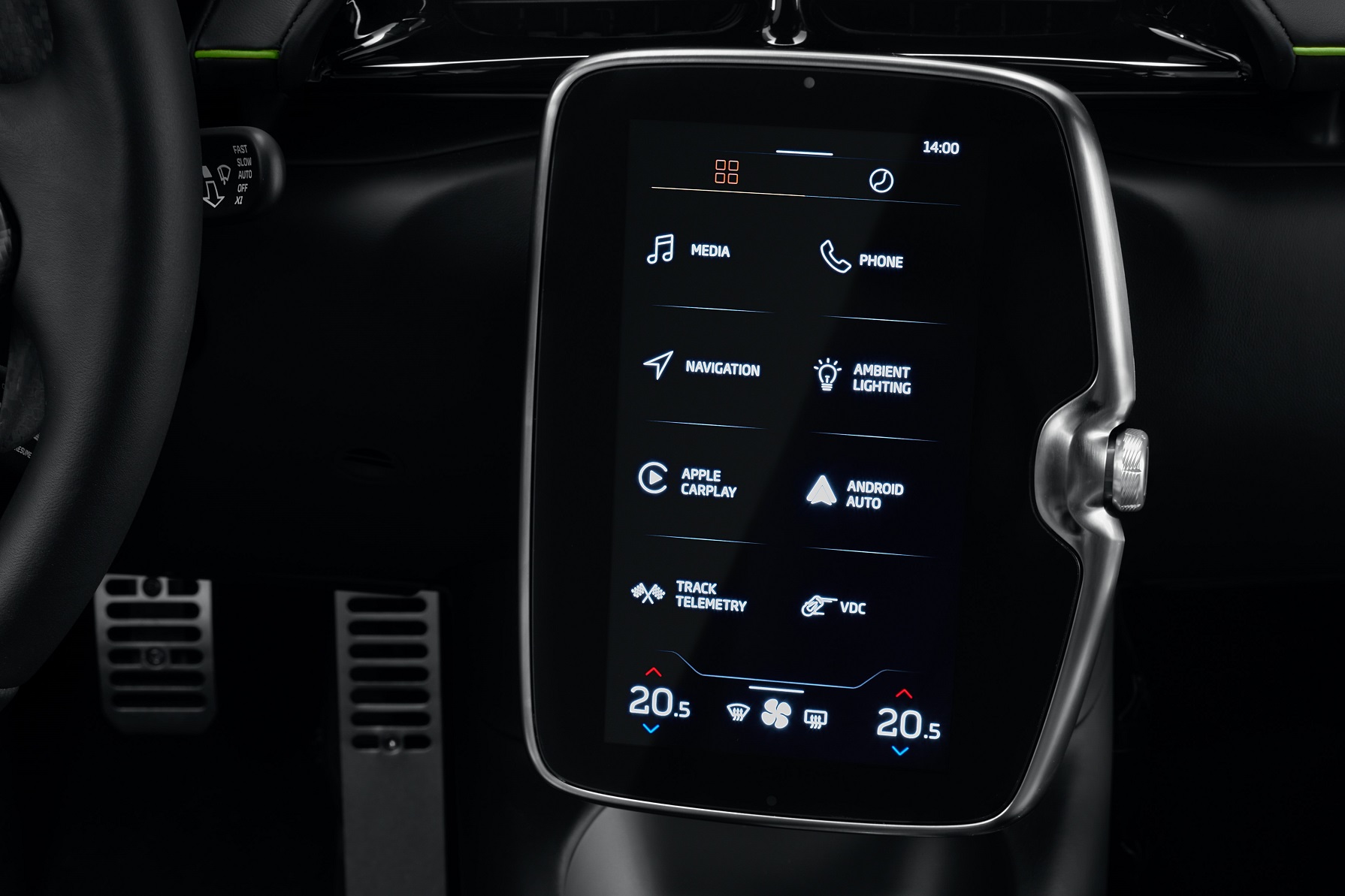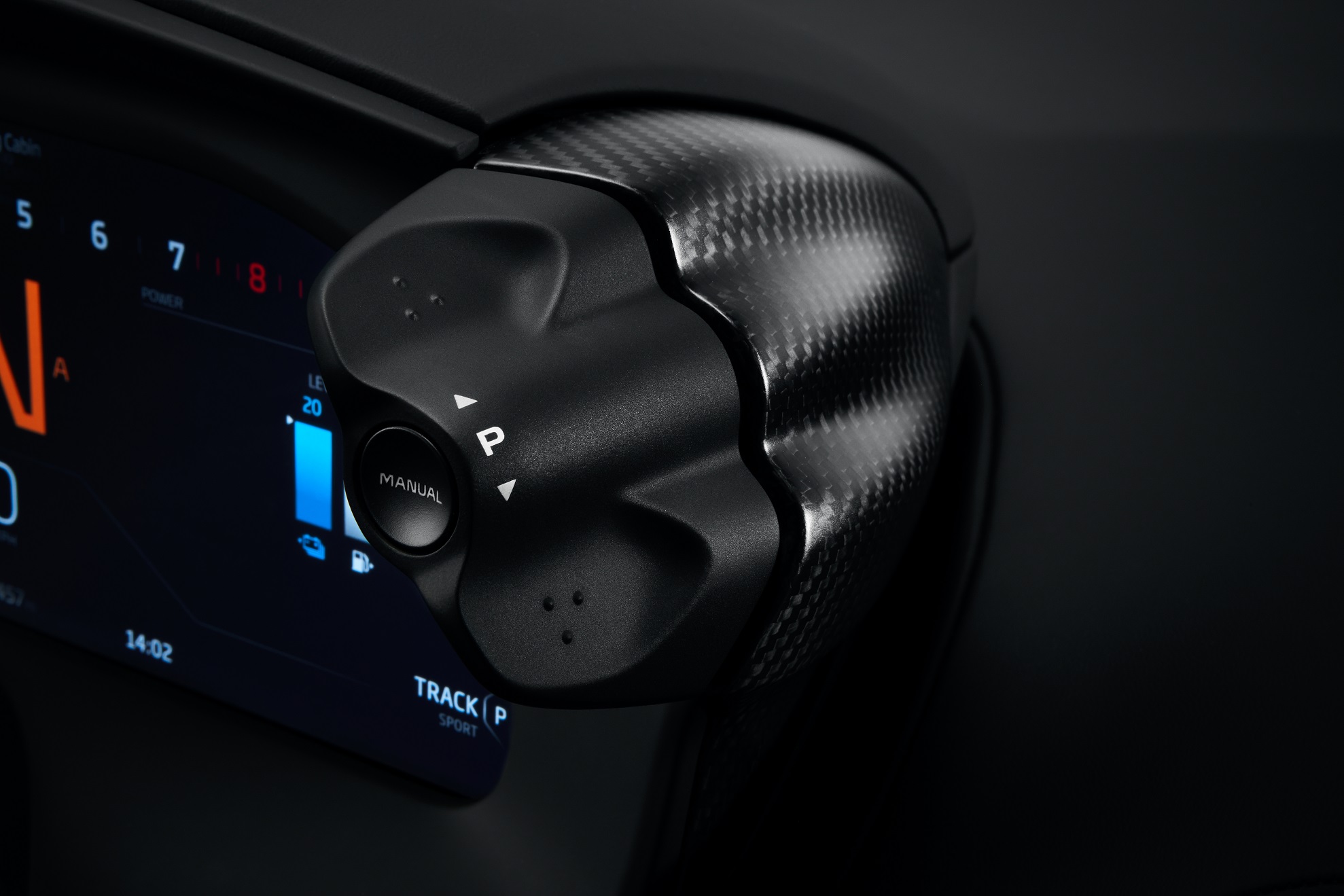This is the new 671bhp McLaren Artura, and it's a hybrid
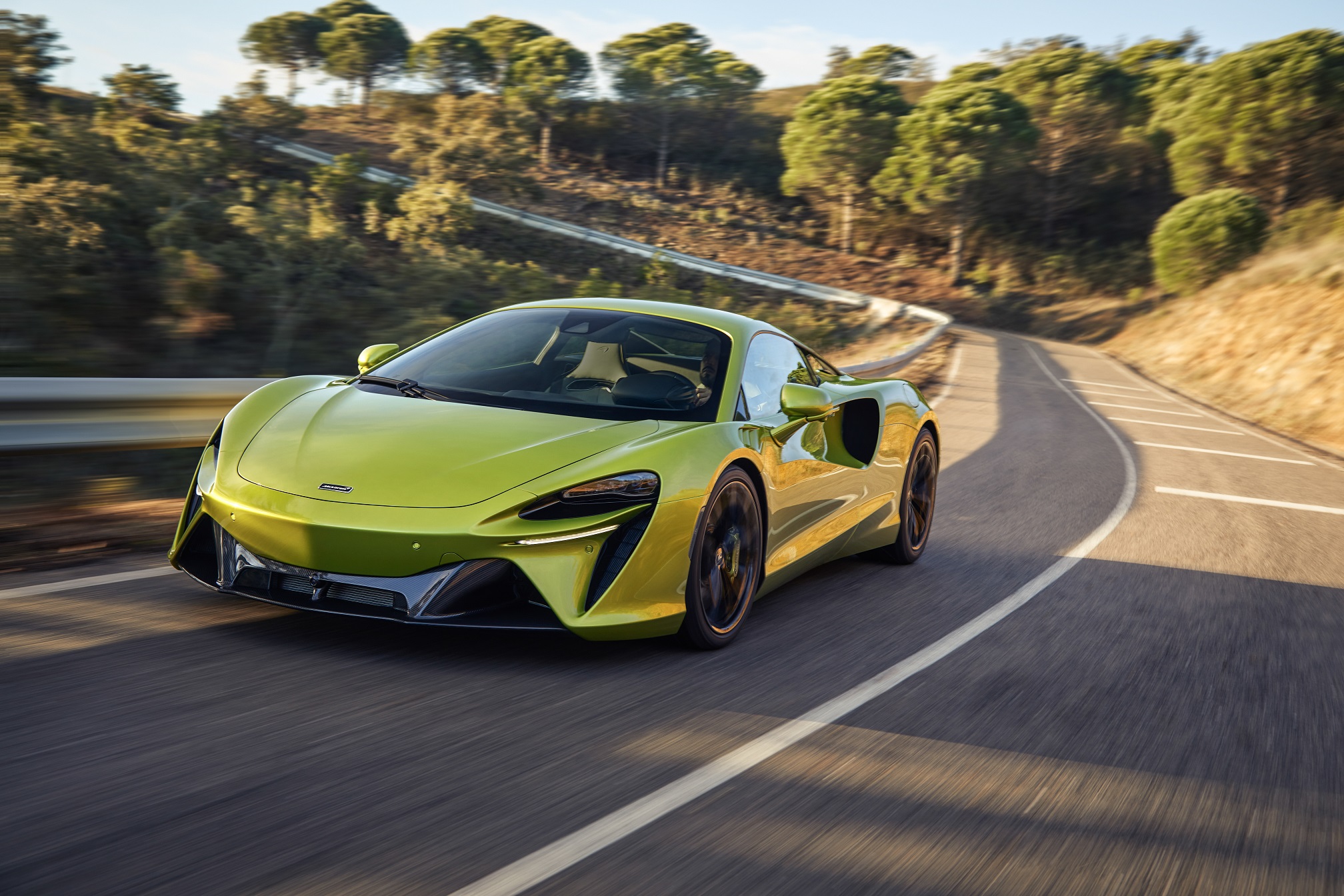
This is new. Not as in new-improved, but new as in new. The first MP4-12C was 25,000 McLarens ago, and every model since has basically been new-improved, or new-cut-price. They run different versions of the same V8 engine with more or less power and sometimes hybrid boost, the same seven-speed transmission, basically the same suspension, different versions of the same composite tub (well, except the three-seat Speedtail).
The Artura chucks away all that the hardware, while, you’ve got to hope, embodying the knowledge gained in a decade of ceaseless optimisation. Every single one of the systems I listed in that first paragraph has been swapped out for something entirely fresh. New as in new.
It’s a plug-in hybrid. Which is why it sits here alongside the P1. The Artura’s 671bhp fall some way short of the daddy’s 903bhp, and its £182,500 (RM1 mil) sticker is a whole lot less. But we think it’s sensible to put the two together to remind ourselves that McLaren gets PHEVs. You’ll remember that the P1, along with the Porsche 918 and LaFerrari, elevated the hypercar bar so high that none of those manufacturers has been ready with a successor in the eight years since.
Anyway we have moved, haven’t we, beyond the time when adding hybrid boost to a fast car would bring out the pitchfork mob. A quick ogle at the world’s supercar-dealer websites – if you can have a quick ogle without getting snagged into endless fantasy diversions – reveals that P1s are advertised at about £1.5 million (RM8.4 mil) these days, and Sennas, which are supposed to lap roughly as fast but don’t have hybrid, are half that. OK the P1 is the rarer, prettier and more collectable of the pair, but I think my point stands: the market doesn’t distain hybrids.
Up to now, the hybrids – P1 and Speedtail – have been the apex of McLaren’s range at squillionaire prices. No longer. The Artura is in effect a replacement for the 570S. You know, the McLaren for the people. The GT will continue, and the 720S. The Artura’s price and power output neatly split those two. McLaren has a habit when it introduces any new supercar of claiming (and usually delivering) that it can combine the dynamics of the last-gen harum-scarum LT model with the comfort and usability of one of the core cars. Same this time. We’re told the Artura is as much fun as a 600LT. If it is, then we are very much game on. It has similar performance numbers too.
Those numbers are 0-100kph in 3.0 seconds, and 0-200 in 8.3, en route to 300kph. You might possibly feel a mild deficit between that kinda thrust and what you get by paying more for a 720S or indeed Ferrari F8. But what I’m expecting is something more striking: a different kind of thrust development. “We knew we had homework to do on throttle response,” admitted an engineer. Perhaps because we’ve been telling you for years that McLaren’s V8 is sizzling near the red-line but laggy in the mid-revs. So the new V6’s instant-responding electric motor is claimed to cut that delay in half, and that’ll surely make things more controllable in corners as well as straights.
The electric motor is a disc-shaped axial-flux unit just 65mm thick, sandwiched in the clutch housing, and as it turns at crank speed you can simply add its output to the engine’s. Which means 577bhp from the V6 and 94 from the motor equals 671. For torque you can’t add them because the motor’s peak torque is at lower revs than the engine’s. It’s 585Nm from the engine, and a total of 720. The motor’s peak is 225Nm, and it arrives the moment you ask.
The engine spins to 8,500rpm, which ought to be sufficiently exciting. It’s a 3.0-litre 120-degree job. That wide angle gives space for the turbos in the V, allowing short equal-length exhaust manifolds into the turbines, to cut lag. Direct injection and particle filters keep things clean. The 120 degree angle also demonstrates they didn’t just give the former 90-degree V8 a bilateral-cylinderectomy. McLaren had Ricardo do most of the design on that old engine, as well as build it. This time the design is pretty well all McLaren’s.
The new twin-clutch transmission is an eight-speed. It doesn’t have reverse because the electric motor just turns backward instead. A 7.4kWh (net) battery is enough for a rated 30km of range after a plug-in. And apparently P1 owners have always enjoyed gliding silently away from home, or through towns.
Still, if you want a hybrid obsessed on efficiency, go buy a Prius PHEV mister. The Artura doesn’t have mixed friction/regenerative braking, because McLaren wants pure pedal response. You’ve got powertrain modes, natch. Comfort tries to ekes out battery charge, so that below 50kph-odd it’s ready to use pure-electric drive. Sport and track modes are about a hybrid’s ability to improve performance rather than economy. They splash out more electric power when you floor the throttle, and pull back more electricity via the motor’s generation function by using a portion of engine power when it’s not fully occupied actually accelerating the car.
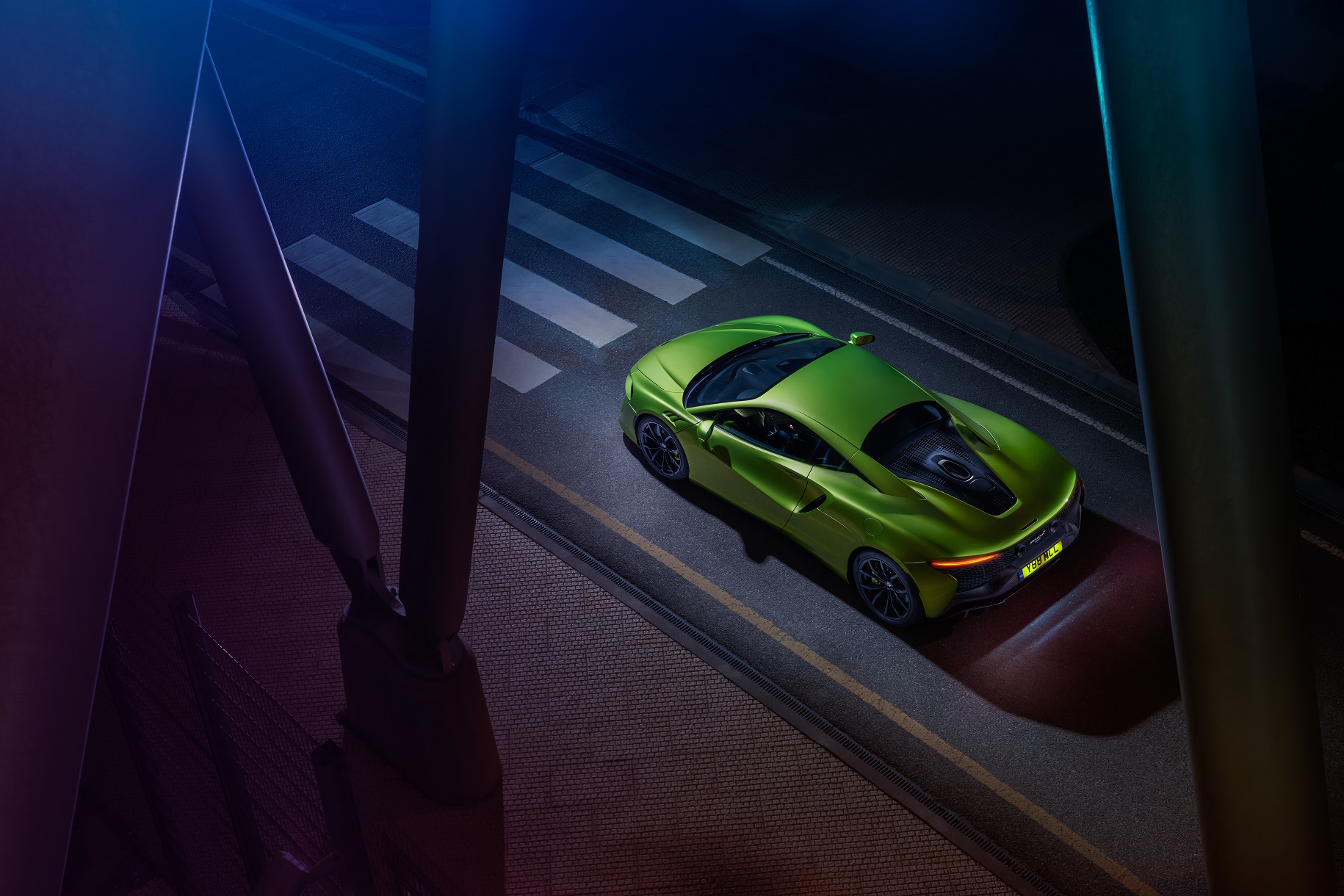
So what bulk and weight does this powertrain have? In fact the whole lot is smaller in all dimensions than the old V8 and its box. Despite the battery behind the seats, it allows for a roomier cabin yet a shorter wheelbase than the 570S, and it’s a narrower car too. Finally someone’s noticed interesting roads aren’t getting wider.
Most of the panels you see are aluminium, fixed to the carbon composite tub. That’s been the principle for ‘entry’ McLarens for a while. But the all-new tub involves the safety cells for both people and battery, and the upper front wishbone mounts, while the lower mounts are part of the aluminium crash structure. The tub is made of four different new material sub-types. Right from the start of the project, target kerb weight has been ‘under a tonne and a half’. The final figure is 1,498kg. There must have been some tense engineering meetings.
The Artura has super-clever adaptive dampers. Across the car are normal anti-roll bars, not the hydraulic cross-linking that faster McLarens have. Instead of the firm’s old ‘brake-steer’ software hack, the Artura has an actual limited-slip diff, and it’s an electronically controlled one at that. Also the rear suspension has a split lower wishbone now and a toe control link. It’s bigger bushed for refinement, but the separated lower links give better toe control on lift-off and going into the corner, in search of steering precision and feel. It’s still hydraulic steering assistance for the same reason, btw. The e-diff closes when you lift improving stability, and closes too to shove you out of a corner. It also improves the abilities of the variable drift control, just in case you’re feeling a bit closed-road-professional-driver-do-not-attempt.
The newness runs to the whole electrical architecture. That includes an 8-inch infotainment system that might actually be competitive – never previously a brand value here. The system boots up as it detects the key in your pocket when you walk up to the car. Because you’re the impatient type: you need to get to 100 in three seconds, and you need an instant response when you tap a destination into your satnav. The new wiring also means this is the first McLaren with the assistance amenities that make motorway sections so much less taxing: adaptive cruise, road-sign recognition, and lane departure warning. The headlights are adaptive LED. Insurance-friendly autonomous emergency braking is part of the bundle too. More electro-geekery: each of the P Zeroes contains a chip that tells the car its temperature, pressure and exact tyre type, and the car calibrates its ESP to suit.
The cabin’s pared-back aesthetic is typical McLaren. Modern lightweight materials and mood lighting make it special. The steering wheel moves electrically, taking the instrument pod with it. You can read McLaren’s priorities from the fact the climate controls are on the screen but ESP-off is an actual button. That, and the usual McLaren mode switches for chassis and powertrain, have moved up to a fingertip position, poking out of the instrument binnacle. A man who learned to drive on a Citroen CX can very much see the sense of this. Go Google it kiddies.
We’re told the Artura is as much fun as a 600LT. If it is, then we are very much game on
Now. Permit me to go a little self-referential for half a paragraph. Custom and practice when writing features about new cars we haven’t driven is to talk first about the exterior design. But with the Artura I’ve waited all this time because if I hadn’t banged on about the new engine, motor, transmission, diff, suspension and electrics, there might have been a danger you’d have thought this was merely a gentle re-skin and update of an existing model, in the manner of the Ferrari 458 -> 488 -> F8. It just doesn’t look that different does it?
But there you are. Evolution builds the perception of brands. It shows confidence, When you look at the Artura alongside the P1, you see that the proportions are more purposeful, the cabin even more forward. McLaren’s form language has moved on too. The surfaces are tauter, more defined, with bolder double-chin edges to emphasise the outlines of the air intakes and wheel arches. Design director Rob Melville says they resemble sand dunes, while pointing out that while dunes are shaped by the flow of the wind, this is the opposite: his car shapes the flow of the wind.
Where does it send the flow? The outer front intakes feed low-temperature radiators that cool the battery, the electronics and the people. That extractor on the top surface of the front wings directs flow out from the wheel-arches. That leaves channels cut into the doors to corral clean flow into the gaping mouth of the engine intakes ahead of the rear wheels. Those holes feed both the engine intakes and the main radiators. Engine-bay heat is relieved through a hot chimney in the centre of the engine cover. The cabin buttresses add to downforce. The rear diffuser can be as huge as it is because the exhaust is high-mounted, and the exhaust’s short path makes it lighter too. There are no active aerodynamic surfaces. Those are for other McLarens.
After all, they need to leave something on the table for all the cars that’ll follow this, the first page of a new chapter. For many years they’ll be new-improved versions of the Artura.
